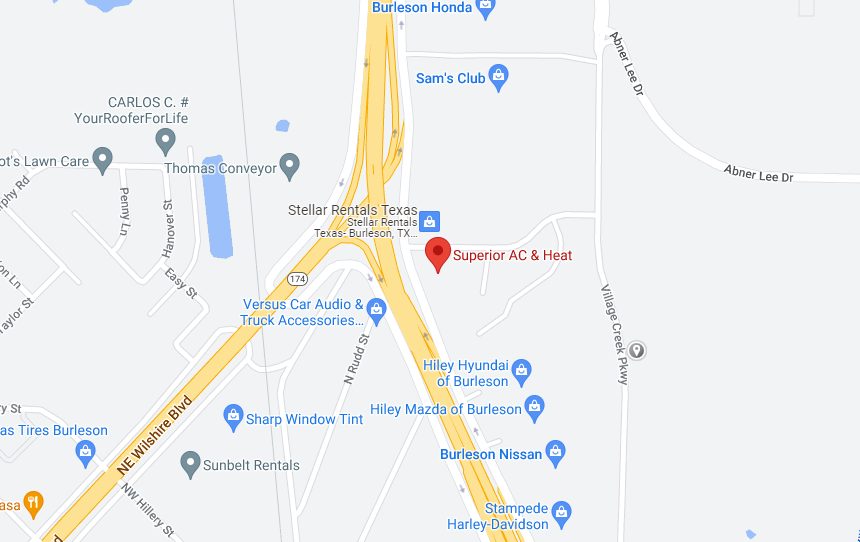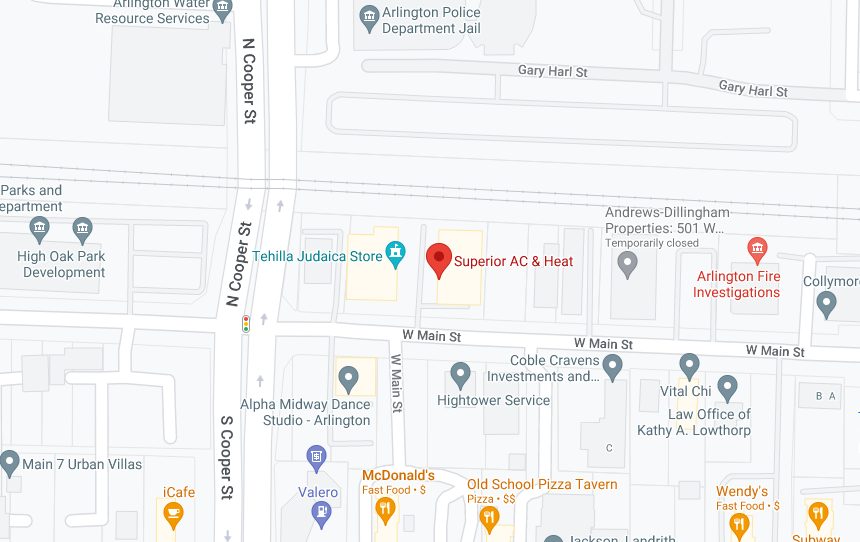The tiny home craze is all about downsizing and minimalism. People are interested in tiny homes because they are affordable, efficient, and sustainable. Tiny homes can be used as primary residences, secondary residences, or vacation homes.
The origins of the tiny home craze can be traced back to the recession of 2008. As people lost their homes and jobs, they started to re-evaluate their priorities. Many people realized that they didn’t need a lot of stuff to be happy and that much of what they did own – DVDs, CDs, books – could find a home in the cloud.
The tiny home movement has been gaining popularity ever since. More and more people are interested in it but unaware of some of the heating and cooling challenges they bring with them. In this guide, we give you everything you need to know about making a tiny house a home.
How Heating and Cooling Needs Are Determined
The size of a home is one of the main factors that determine the heating and cooling needs of the home. The bigger the home, the more heat it will lose in the winter and the more heat it will gain in the summer.
Insulation of the home is also a factor. A well-insulated home will lose less heat in the winter and gain less heat in the summer.
The orientation of a home is also a factor. A home that faces south will gain more heat in the summer than a home that faces north. The more windows a home has, the more heat it will lose in the winter and gain in the summer. All of these factors must be considered when determining the heating and cooling needs of a home regardless of the size.
Sizing the HVAC Unit of a Tiny Home
Sizing the HVAC unit in a tiny home can be a unique challenge. The first step is to determine the square footage of the home. This will help to determine the size of the unit that is needed.
The next step is to consider the climate. If the home is in an extremely hot or cold climate, a larger unit may be needed to heat the home. The final step is to consider the energy efficiency of the unit. A more energy-efficient unit may cost more upfront, but it will save money in the long run.
Most tiny homes are between 100 and 400 square feet, with the average size being around 200 square feet. This is significantly smaller than the average size of a home in the United States, which is around 2,600 square feet.
For a 200-square foot home, the HVAC needs would be around 5,000 BTUs. This is a very small unit and would be less expensive to operate than a larger unit. But again, it’s important to remember that the size of the HVAC unit is not the only factor that determines the heating and cooling needs.
(Refer back to climate, insulation, and orientation.)
Installation Challenges
One of the biggest challenges is finding a unit that is small enough to fit into the available space. Most HVAC units are designed for larger homes and require a significant amount of space.
Another challenge is finding a unit that is energy-efficient. Tiny homes often have limited resources, so it is important to find a unit that will not use too much electricity. If you’re located in climates with extreme seasonal weather, there might be a need for special actions as well.
For example, when winterizing your HVAC unit, you might need to install a heat pump. This will help to ensure that your home stays warm in the winter and cool in the summer.
The cost of the HVAC unit is another important factor to consider. The size of the unit, the brand, and the energy efficiency all play a role in determining the cost. HVAC units can be expensive, so it is important to balance these factors with your budgetary resources. With careful planning and research, it is possible to find an HVAC unit that meets your needs and installation challenges.
Troubleshooting Your Tiny Home HVAC
Just like with any other home, there are some common HVAC problems that can occur in a tiny home. The most common problems are:
- The unit is not turning on – common causes include wiring, the thermostat, or the unit itself
- It is not cooling – could be a problem with the Freon levels, the coils, or the compressor
- Not heating – possibly the pilot light, furnace, or thermostat
- Making strange noises – a problem with the fan, the compressor, or the ductwork
If you are having any of these problems, it’s important to contact a qualified HVAC technician to come and take a look at your unit. Trying to fix the problem yourself could make it worse, potentially voiding your warranty or, worse, creating health hazards.
Are you looking to buy or build a tiny home and are concerned about its unique heating and cooling challenges? Superior AC & Heat has specialized experience with HVAC units of all sizes and capabilities. We’re here to help you with any energy project you may have. Contact us today for a free quote or consultation.




